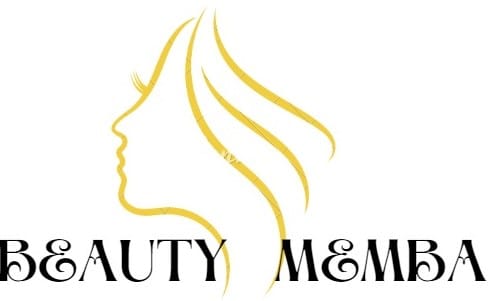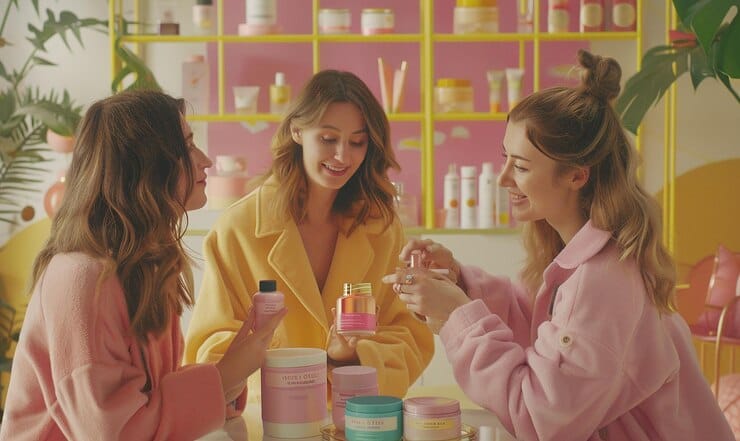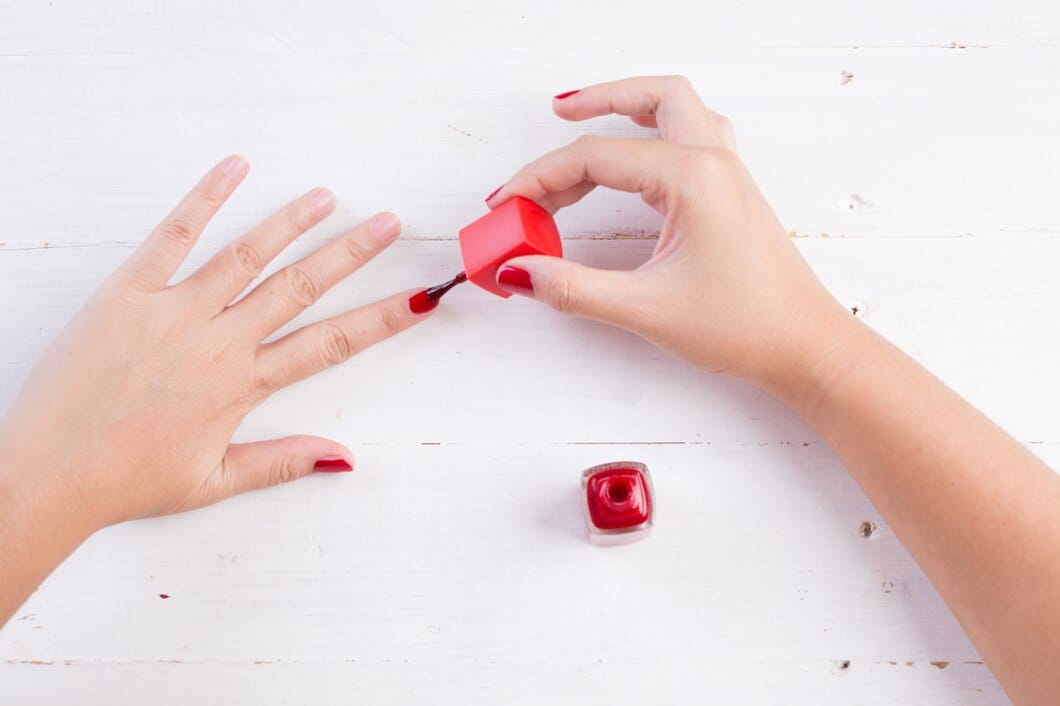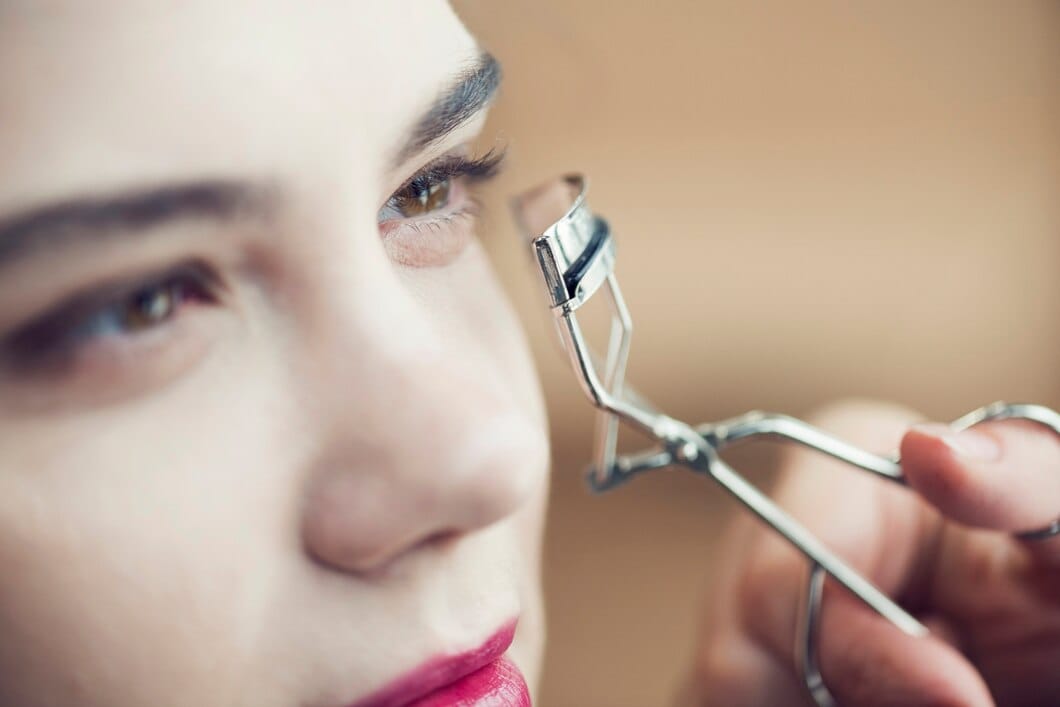In recent years, the beauty industry has seen a significant shift with the rise of indie beauty brands. These smaller, often independently owned companies are competing with industry giants by leveraging unique strategies and appealing to modern consumers’ demands. From innovation to authenticity, indie brands are making their mark in a traditionally monopolized market.
The Changing Landscape of the Beauty Industry
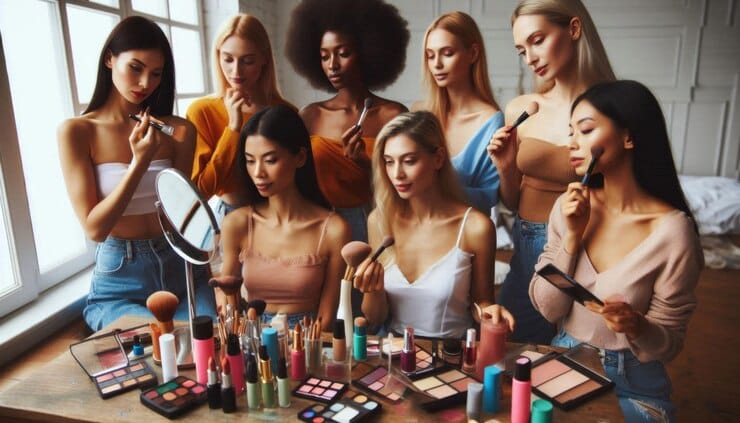
The beauty industry is no longer just about mainstream, mass-market products. Consumers are demanding more personalized, high-quality, and ethical alternatives, which has opened doors for indie beauty brands to thrive. Digital platforms and e-commerce have also leveled the playing field, making it easier for smaller brands to reach a global audience.
What Defines an Indie Beauty Brand?
An indie beauty brand is typically defined by its independent ownership and smaller scale compared to large corporations. These brands are often founded by individuals or small teams passionate about creating products that reflect their personal values, such as clean beauty, sustainability, and inclusivity.
Indie Beauty vs. Big Brands: Key Differences

Indie beauty brands differ from big brands in several ways. While big brands often focus on mass production and widespread distribution, indie brands tend to prioritize small-batch production, innovative formulations, and unique brand stories. Indie brands also cater to niche markets, offering highly specialized products that are often missing from the portfolios of larger companies.
The Influence of Social Media on Indie Beauty Success
Social media has played a pivotal role in the rise of indie beauty brands. Platforms like Instagram and TikTok allow these brands to build loyal communities, showcase their products in real-time, and engage with customers directly. By leveraging influencer marketing and user-generated content, indie beauty brands can compete on a global scale without traditional marketing budgets.
Why Indie Brands Are Winning in Niche Markets
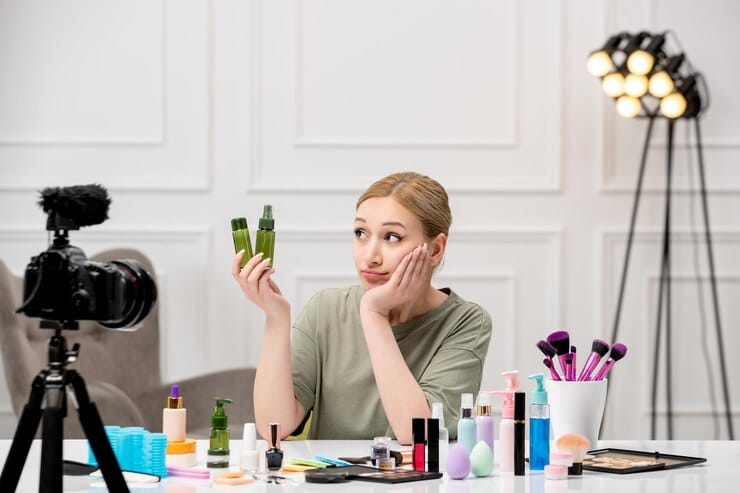
Indie beauty brands excel in niche markets because they are often founded by individuals who understand the unique needs of their target audience. Whether it’s creating products for underrepresented skin tones, focusing on clean and vegan beauty, or offering sustainable packaging, indie brands fill gaps in the market that larger companies often overlook.
Challenges Indie Beauty Brands Face
Despite their growth, indie beauty brands face several challenges. Competing with the massive budgets and resources of big brands can be difficult. Additionally, scaling production while maintaining product quality, navigating regulatory requirements, and securing retail distribution are significant hurdles that many indie brands must overcome.
Indie Beauty Brands Leveraging Innovation

Innovation is one of the key strengths of indie beauty brands. Without the constraints of large corporate structures, these brands can quickly adapt to new trends and experiment with bold ideas. From incorporating clean ingredients to pioneering eco-friendly packaging, indie beauty brands are often at the forefront of innovation in the industry.
The importance of authenticity in Indian beauty brands
Authenticity is a core value for indie beauty brands. Consumers today are looking for more than just a product; they want to support brands that align with their values. Indie beauty brands are often transparent about their ingredient sourcing, manufacturing processes, and brand mission, which helps build trust and loyalty among their customer base.
Collaborations and Partnerships as Growth Strategies
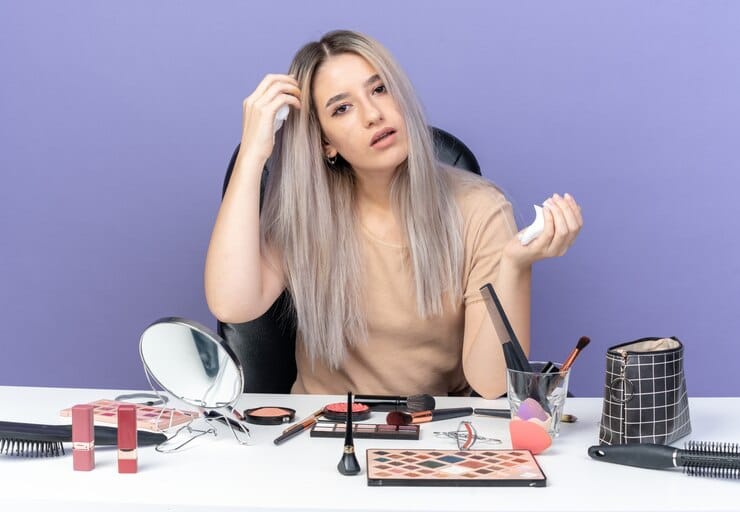
Collaborations and partnerships have become popular strategies for indie beauty brands to grow their presence. By partnering with influencers, other indie brands, or even larger companies, these brands can tap into new audiences and create unique, limited-edition products that drive excitement and sales.
How Indie Beauty Brands Are Competing with Price
Although indie beauty brands often have higher production costs due to their smaller scale, they are finding ways to compete on price. Many brands offer premium products at affordable prices by cutting out the middleman and selling directly to consumers online. Additionally, indie brands often emphasize the quality and efficacy of their products, justifying a higher price point.
Indie Beauty Brand Success Stories
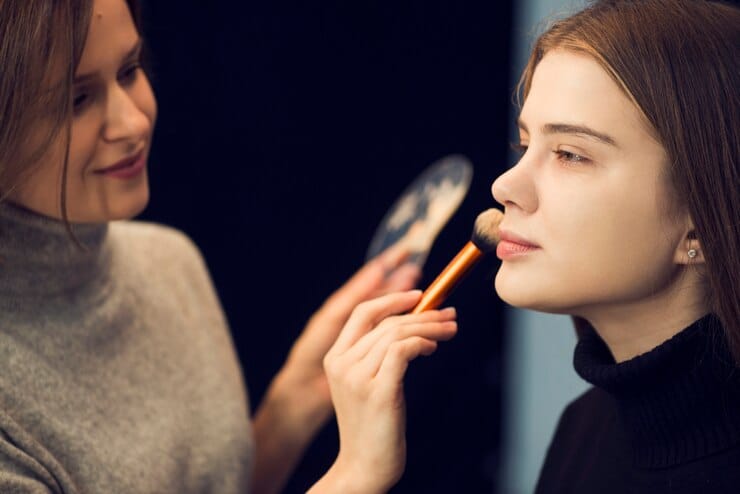
Several indie beauty brands have achieved remarkable success, becoming household names in the process. Brands like Glossier, Drunk Elephant, and Herbivore started as small, independent ventures and have grown into multi-million-dollar companies through innovative products, strong branding, and dedicated customer bases.
What the Future Holds for Indie Beauty
The future looks bright for indie beauty brands. As consumers continue to seek out authentic, high-quality, and ethical products, indie brands are well-positioned to capture a growing share of the market. Advances in technology, sustainability, and direct-to-consumer models will likely fuel their continued success in the beauty industry.
Conclusion
Indie beauty brands have proven that they can compete with big names by focusing on innovation, authenticity, and community building. While they face challenges, their ability to quickly adapt to consumer trends and fill niche markets has allowed them to carve out a significant place in the beauty industry. As the landscape continues to evolve, indie beauty brands are poised to remain a powerful force in the market.
FAQs
1. What is an indie beauty brand?
An indie beauty brand is an independently owned company that focuses on innovation, sustainability, and community engagement, often operating outside of major corporate ownership.
2. Why are indie beauty brands so popular?
Indie brands resonate with consumers because they offer unique, high-quality products, focus on sustainability and inclusivity, and build authentic relationships with their customers.
3. How do indie beauty brands compete with large corporations?
Indie beauty brands compete by embracing innovation, offering niche products, building strong customer communities, and leveraging social media for organic growth.
4. Are indie beauty brands more expensive?
Not necessarily. Many indie brands offer high-quality products at affordable prices, often cutting out middlemen to provide value for money.
5. What’s the future of indie beauty brands?
Indie beauty brands are expected to continue growing, with a focus on sustainability, innovation, and inclusivity, ensuring their long-term success in the beauty industry.
